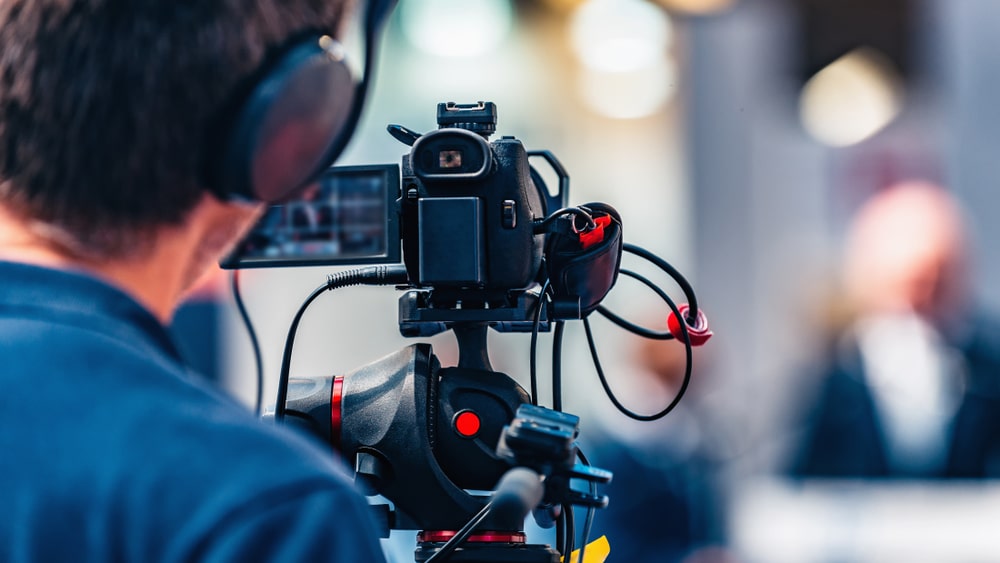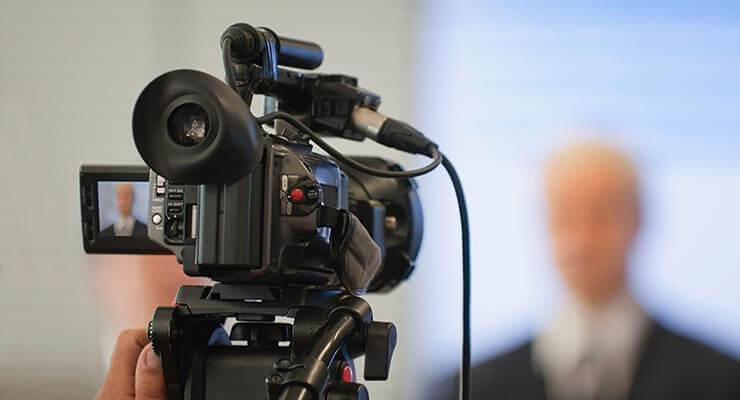How Legal Videography Helps Document Crucial Legal Evidence
How Legal Videography Helps Document Crucial Legal Evidence
Blog Article
Why Legal Videography Is Crucial for Accurate Court Recordings
The duty of lawful videography in court settings can not be overemphasized, as it acts as a crucial device for maintaining the stability of court records. By recording both verbal and non-verbal communication, it boosts the clearness of witness testimonies and mirrors the subtleties of court communications. This detailed paperwork not only aids in decreasing potential misconceptions however likewise sustains appellate testimonials, thereby enhancing the judicial process. The ramifications of integrating legal videography into common court room methods raise important questions concerning its broader influence on the lawful system. What might these ramifications entail?
Significance of Visual Evidence
In the realm of legal process, the value of visual proof can not be overstated. Visual evidence works as an effective tool in establishing facts, corroborating testaments, and enhancing the overall clearness of a situation. This kind of evidence, that includes photos, videos, and diagrams, can supply a tangible context that verbal descriptions often do not have, thereby supplying juries and courts a more clear understanding of the scenarios surrounding an instance.
In addition, visual evidence aids in the retention of info. Human cognition is naturally aesthetic, and people are more most likely to remember and understand information offered in a visual format. In the court, this can be important, as engaging visual proof can sway opinions and strengthen the narrative presented by legal reps.
In addition, making use of aesthetic proof can minimize misconceptions and obscurities that frequently develop from verbal exchanges. By offering a direct representation of occasions, aesthetic proof helps to eliminate subjective analyses and cultivates a more objective evaluation of the facts. Subsequently, the integration of aesthetic evidence into legal procedures not just strengthens the integrity of the judicial procedure yet also enhances the possibility of attaining a simply outcome.
Catching Non-Verbal Hints
Utilizing innovative videography techniques can dramatically improve the capture of non-verbal hints during legal process. Non-verbal interaction, consisting of faces, body movement, and eye call, plays a critical function in communicating emotions and intents that might not be clearly mentioned in spoken testament. legal videography. Lawful videography utilizes high-definition cameras and strategic angles to make certain that these subtle cues are taped with quality and precision
The capacity to assess non-verbal actions can provide valuable context to statements made throughout court sessions. A witness's hesitation or confidence can be interpreted through their posture or motions, potentially affecting the jury's assumption of trustworthiness. In addition, the usage of close-up shots can help concentrate on a speaker's expressions, enabling a more nuanced understanding of the testimony.
Moreover, integrating multiple electronic camera angles can develop an extensive view of interactions, highlighting dynamics between parties entailed. This complex approach not just enhances the accuracy of the court document however likewise help in preserving the stability of the judicial procedure - legal videography. Eventually, catching non-verbal hints via lawful videography cultivates a richer, a lot more total representation of court proceedings

Enhancing Statement Integrity
The reliability of testament can be considerably strengthened with using high-quality lawful videography. Video clip recordings work as an unbiased medium that records not just the talked words of witnesses but additionally the subtleties of their delivery, consisting of tone, pacing, and emotional expressiveness. This complex documents provides a clearer understanding of the witness's trustworthiness and intents, which can be critical in lawful proceedings.
Moreover, legal videography lessens the capacity for misconceptions that might emerge from written records alone. When jurors can observe a witness's attitude and body movement together with their testament, they are much better furnished to assess the authenticity and integrity of the proof presented. This aesthetic context can strengthen the testimonial story, making it a lot more engaging and reputable.
Furthermore, the presence of a video clip recording can discourage prospective disparities in testimony. Witnesses might be much more cautious in their declarations when they recognize they are being recorded, leading to even more accurate and sincere accounts. Overall, top notch lawful videography boosts the honesty of testimony, making certain that the court has accessibility to a full and sincere representation of the facts as communicated by the witnesses.
Supporting Appeals and Reviews
Lawful videography plays an important duty in supporting charms and reviews by providing a detailed aesthetic record of courtroom procedures. This visual documents captures not just the talked words of witnesses and lawyers but additionally the nuances of body language, tone of voice, and court room dynamics. Such components can be pivotal in recognizing the context of testaments and disagreements provided.
In the appellate process, where the focus gets on errors of law and step-by-step justness, a video clip document can work as an essential tool for appellate courts. It enables judges to examine the original test context, making certain that decisions are based on a total understanding of the proceedings. The capability to his explanation aesthetically evaluate the demeanor of visit the website witnesses or the communications in between parties can expose insights that written transcripts might neglect.

Additionally, lawful videography can assist in clarifying obscurities in testaments or procedural rulings, therefore reinforcing the basis for an appeal. By providing a dependable, objective account of what transpired in court, lawful videography not only sustains the integrity of the legal process yet additionally encourages all parties entailed to make educated choices concerning their situations.
Enhancing Court Processes
Enhancing court room efficiency, lawful videography improves processes by giving immediate access to visual documents of proceedings. This innovation permits judges, attorneys, and juries to take another look at crucial statement and proof, ensuring that all events have a clear understanding of the situation. By recording the subtleties of verbal and non-verbal interaction, videography enhances the record, making it simpler to grasp the context and weight of statements.

Furthermore, video clip recordings can help with remote engagement in hearings, enabling higher versatility in scheduling and involvement, which is especially valuable in complex situations including several stakeholders.
Conclusion
To conclude, legal videography plays a vital role in making certain accurate court recordings by supplying necessary aesthetic proof that captures both verbal and non-verbal communication. This method boosts the dependability Full Report of statements, supports appellate evaluations, and simplifies courtroom processes. By fostering a comprehensive understanding of court characteristics, legal videography inevitably adds to much more fair judicial end results, strengthening the honesty of the legal system and helping with educated decision-making.
Report this page